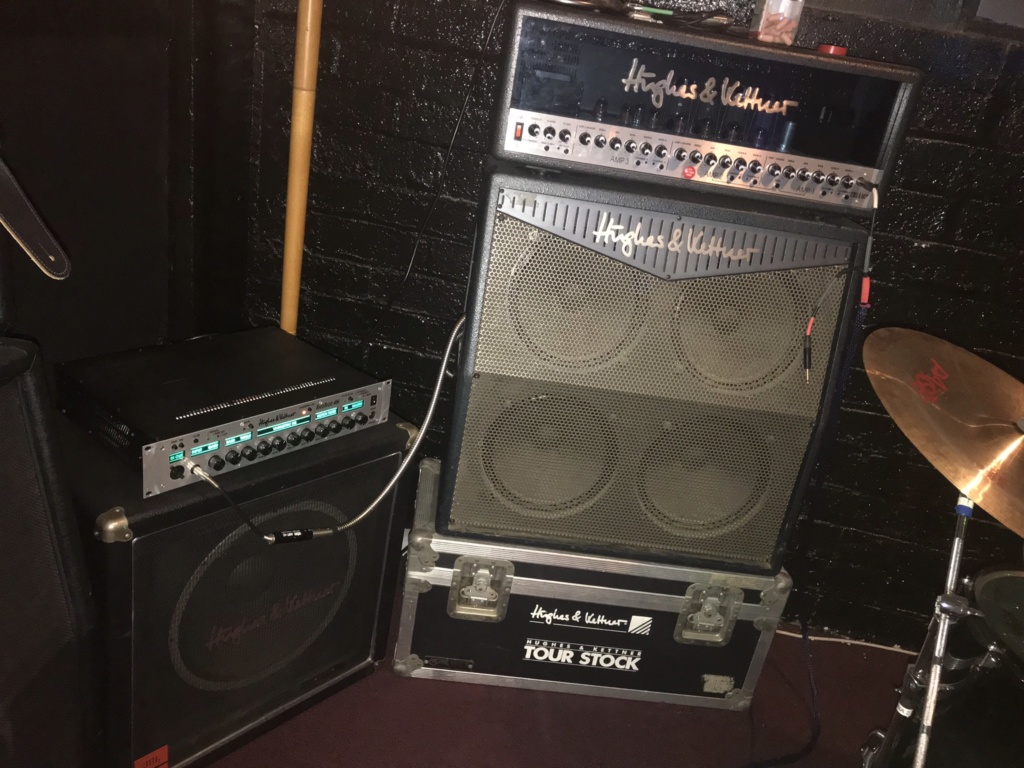Hi Phil. I know from recent experience that you absolutely can! These are the same bulbs that are used in the computer dashboard of my car, (it's quite an old European model and the screen is an orange LED backlit one). I've just replaced my original bulbs with T10 LED versions and it was a straight plugin with the new ones. There are a couple of points worth pointing out in using LEDs in general, (as always

).
LEDs MUST have a series current limiting resistor in series with them. Sometimes this is built into your circuit and it is a plain LED you are plugging in, at other times the LED must carry that in its own package when it is usually described as an 'LED Indicator'. As you do not have this built into your existing bulb circuitry, just make sure to get replacements with the resistor already fitted in the LED unit. The car T10 12V units are correct for this. I keep plugging this point to people so apologies if I am preaching again but, as always, others coming across it may benefit. An LED is NOT the same as a bulb in any way other than it gives out light. The bulb is basically pretty much a resistor designed to get very hot which needs to see a particular voltage to dissipate the correct designed amount of heat. With its fixed (more or less) resistance and a reasonably steady supply voltage it will then set its own current and settle at the correct working point. It remains there pretty much stable with only sensible changes in current for sensible changes in voltage meaning nothing necessarily disastrous occurs in normal use. An LED is not that way inclined. LEDs need to have their current set by other external components and they will set themselves at their working voltage from that point on. They can technically do this the other way around in the same way as a bulb except for one practical reason, the amount the current increases as the supplied voltage increases.
The way the voltage and current are related in the two devices is different. In the bulb it is fairly much straight line linear and that means double the voltage and you basically double the current, so it is practical to control the light output by setting that voltage as the current does not change by extremes. In the LED the relationship is very skewed. If you consider starting with 0V across the LED terminals and increasing the voltage very slowly you first get nothing, no current flows. At not much over 1V most red LEDs will start to glow dimly and a very tiny current will flow. With a small increase in voltage to around 1.3-1.8V depending on the type, the LED is fully lit and the current has increased to its working level, usually around 10-20mA. Finally, with only a very small increase from there of a small fraction of a volt, the current increases drastically, usually enough to damage the LED. The levels vary greatly between LED types and colours but the principle is always the same. An LED cannot be controlled practically by feeding it a set voltage, when it reaches its working point only a tiny increase in that voltage will cause massive current increase and blow it.
So how do we use it? We feed it a much higher voltage than it alone requires and soak up the excess across a resistor. The resistor then defines what the current will be through it, (Ohm's Law V=IxR and all that), and as it is in series with the LED that must pass the same current. So the resistor value can be chosen to set the current to what the LED needs to see. In this way the resistor more or less takes over and reduces that steep change dramatically to bring the LED's massive current increase back under control. That's why it is called a 'current limiting resistor'.
You already have circuitry set up for a 12V car bulb, so you only need to make sure that the LEDs have a resistor in the unit and that is calculated to be optimum for a 12V supply. 12V T10 car replacements will be fine.
The other fact about LEDs is that, unlike bulbs which are just resistors, they are diodes. This means that they will only pass current in one direction. You have to plug them in the right way round or you get no light out. Fortunately, the ones I got were not marked in any way but simply gave no output when they were incorrectly fitted and I just had to unplug them and turn them round to get them to work. I think most automotive types are like that.
So to round off the LED info, unlike most other diodes LEDs do not stand particularly high voltages in reverse. Usually around 5V is the quoted maximum and the lowest normal diodes are usually specd at 50V. With a resistor in series this is much more forgiving though some LEDs may actually give light output when they have exceeded their own particular safe reverse voltage level. This is by a different principle than the one they are designed to work under with a normal forward voltage and it is not a long term safe way of using them. Make sure you get yours in the correct orientation.



